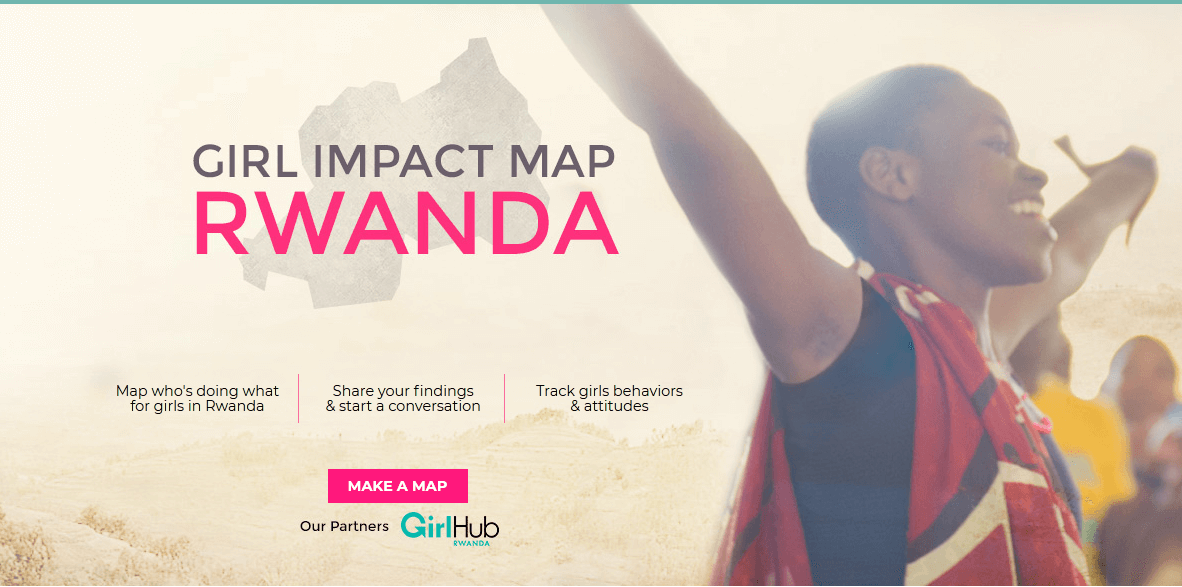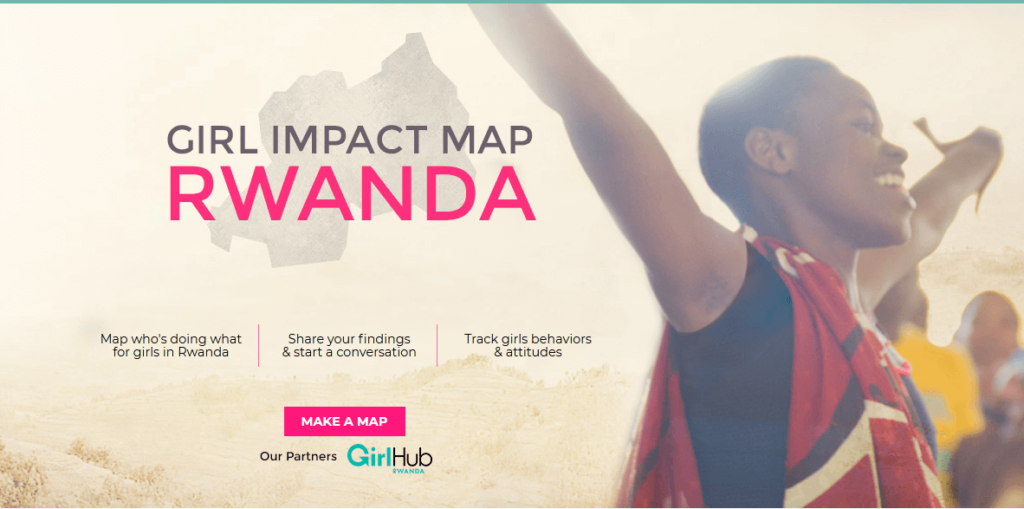
Case study:
After The Flood, Nike Foundation
& GirlHub Rwanda
Empowering girls in Rwanda.
After The Flood is a data design agency. They help their clients make sense of the data deluge for their customers and organisations. They make digital products and video so that people can understand, act on or profit from the data around them.
“Jock is passionate about the ability for product management to focus the business on audience needs first and foremost. He is a very capable logistician and has particular aptitude around data-focussed projects where he brings a lot of experience to bear in pushing for integrity and structure of data in products that meet user needs.”

Max Gadney
Design Director & Founder, After The Flood
How we helped After The Flood
We provided After The Flood with a product manager for its project with Nike Foundation to develop a working prototype of Girl Impact Map, a GIS data analytics and visualisation product to support humanitarian projects in Rwanda.

This concept-to-delivery project involved:
- eliciting user needs by conducting stakeholder interviews and product discovery workshops in Rwanda and the UK;
- working with visual and user interface designers to translate users needs into product mockups;
- setting up the development, testing, communication and Agile delivery systems to build the product;
- managing the project budget and sourcing geodata specialists;
- establishing best practices for data sourcing and curation; and
- working with developers to translate the information architecture and designs into finished product.
Starting from scratch
At the outset of the project, everything including the delivery team, the infrastructure we needed to build, test and deploy the product, even the office working space itself, needed to be set up.
We helped to bring in specialists in the various disciplines we needed to research, design and deliver the product. Our product manager was the only consistent team member throughout the delivery process, and we helped to ensure the work continued seamlessly despite frequent team changes.
We used cloud-based services wherever possible to reduce overheads and streamline development. This also facilitated handover of the prototype product to After The Flood’s client at the end of the project.
Stakeholder management
This was a complex work package involving the careful management of many organisational stakeholders.
In the UK, we balanced the respective needs of After The Flood, its client the Nike Foundation, co-sponsor the Department for International Development (DFiD, as it was then).
In Rwanda, we actively engaged with government departments, non-governmental organisations (NGOs), charities, and overseas development agencies, all of whom would either be providing data for the product, using the product directly, or supporting the product politically or financially.
User research
The concept for the product evolved as we conducted interviews with the anticipated users. The starting point was the desire of the Nike Foundation to showcase the impact of their interventions in Rwanda on girls’ health, welfare and education.
Through our user research, it became clear that a significant unmet need was for the various organisations operating in that sphere to understand how their interventions were overlapping, and which geographical areas were being underserved.
We took into account contextual information such as typical internet bandwidth, web browser usage, and other constraints in Rwanda to inform the visual design, choice of technologies, and performance characteristics necessary for the product to be used easily.
We were also able to validate our design decisions through repeated rounds of research in person with users in Rwanda.
Data consolidation
The product provided a visually intuitive geographical map for navigating and exploring statistical and qualitative information. One of the design challenges was how to allow a user to easily choose which data sets they wished to overlay on the map, from 100s of potential choices.
We also needed a robust method to assess and improve the quality of the data sets provided to us by organisations operating in Rwanda.
Summary
Given the number of stakeholders involved, this would have been a challenging project to undertake even without the added complexity of a user base primarily situated in Rwanda. We were able to successfully deliver a working prototype to the Nike Foundation in 9 months from a standing start.
